Space missions are among the most expensive research projects of mankind and can quickly cost billions of euros. In order to ensure that the corresponding components also function in the vacuum conditions prevailing in space, they are technically generated with suitable pumps and systems on earth. Leybold provides the technology for this as a holistic provider - right up to ultra-high vacuum.
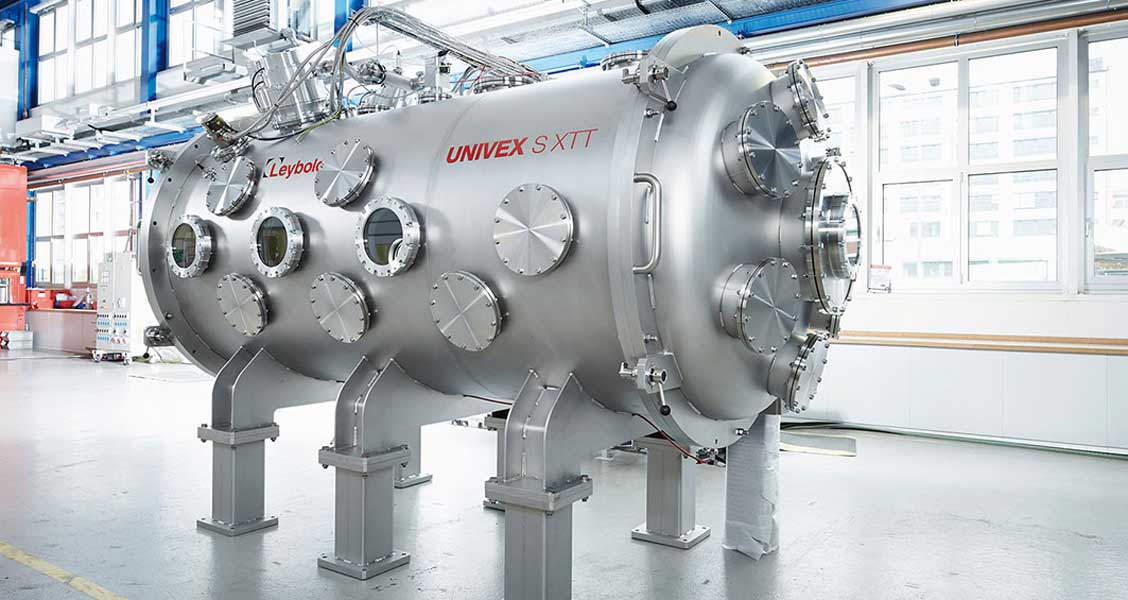
The product solutions support the development, manufacture and testing of spacecraft, satellites and space technologies. The standardized and specific system solutions with integrated pre-vacuum and high-vacuum pumps are individually tailored to the respective requirements.
Space propulsion for spacecraft
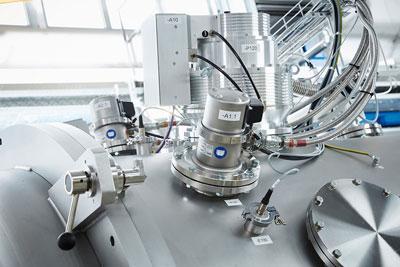 A growing application, for example, is the simulation and testing of space-based electric propulsion systems for spacecraft movement. For this, ionized gas particles are accelerated by an electric field. Modern ion engines generate a gas flow from 0,1 to 10 mg / s. To maintain a good high vacuum with this substantial flow in the test chambers requires a very high pumping speed, often in the range of 10.000 to 100.000 l / s.
A growing application, for example, is the simulation and testing of space-based electric propulsion systems for spacecraft movement. For this, ionized gas particles are accelerated by an electric field. Modern ion engines generate a gas flow from 0,1 to 10 mg / s. To maintain a good high vacuum with this substantial flow in the test chambers requires a very high pumping speed, often in the range of 10.000 to 100.000 l / s.
The experimental chamber systems necessary to create the space conditions exist in all sizes: from a few liters for testing small objects such as circuit boards to several thousand m³ for proving the suitability for space travel of entire spaceships. The noble gas xenon is the heaviest stable noble gas and is used in most cases for ion thrusters due to the high resulting thrust.
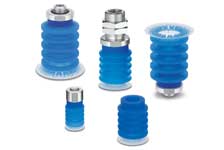 Vacuum suction cups safely transport goods wrapped in foil
Vacuum suction cups safely transport goods wrapped in foil
The advantage of a large drive mass is a major challenge for vacuum pumps. One of the reasons is the poor thermal conductivity of xenon gas, which leads to critical temperature rises in gas transfer vacuum pumps such as turbo molecular pumps. In addition, many large turbo molecular pumps would be required to achieve the required high pumping speed.
For pumping xenon gas
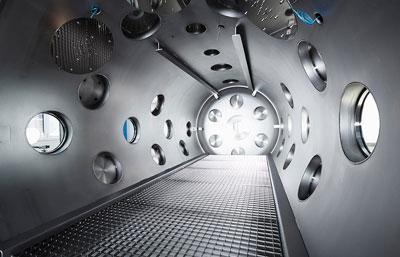 Leybold has developed an optimized and simple cryogenic solution for xenon pumping. The strong single-stage cold heads of the Gifford-McMahon type carry metal plates that condense the xenon gas with a pumping speed on the edge of the theoretical limit.
Leybold has developed an optimized and simple cryogenic solution for xenon pumping. The strong single-stage cold heads of the Gifford-McMahon type carry metal plates that condense the xenon gas with a pumping speed on the edge of the theoretical limit.
Since prior to testing an ion engine, it is necessary to reach a final pressure in the range of 10-5 Pa - far below the process pressure - to remove residual gases such as nitrogen, oxygen, etc., these applications also require a correspondingly powerful system of pre-and high vacuum pumps. The pressure must be controlled by suitable instruments throughout the test process. Leybold supplies the entire necessary technology as well as optimizing advice and calculative design of the systems from a single source.
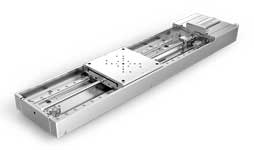 High vacuum, ultra high vacuum and extremely high vacuum
High vacuum, ultra high vacuum and extremely high vacuum
The demand for such vacuum test chambers increases as the number of xenon-ion engines for different space missions increases. Flexibility and time-to-market thus becomes an essential factor for the success of these missions.